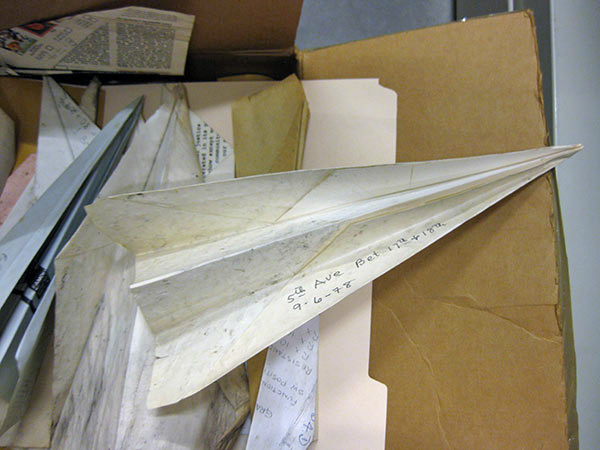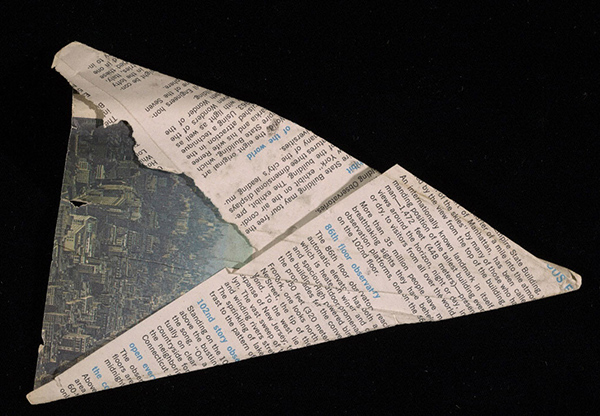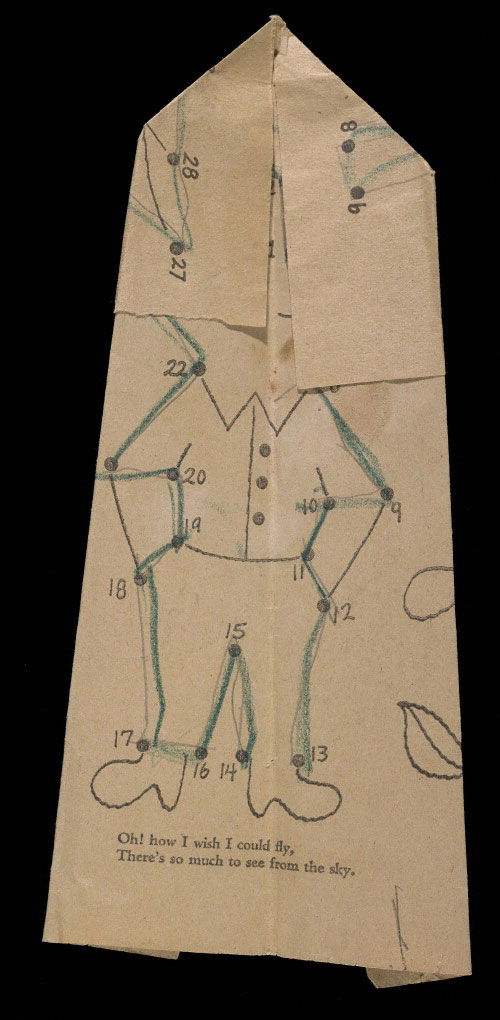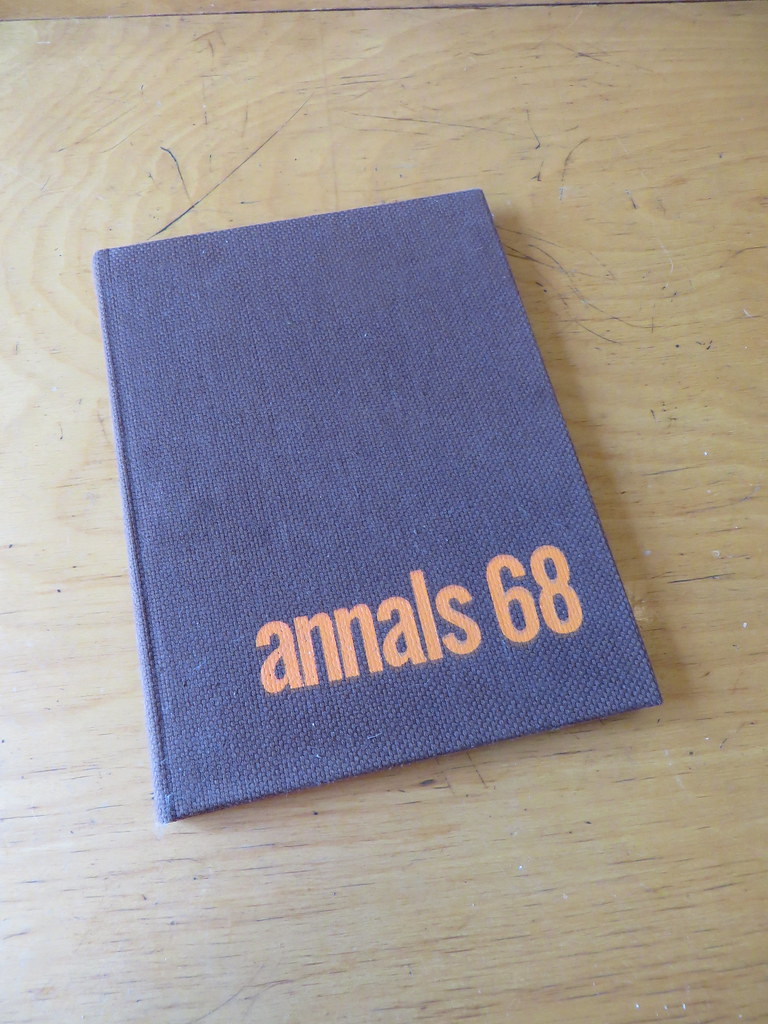
My friend Miriam recently came across this 1968 Hunter College High School yearbook on the sidewalk in front her Manhattan apartment building. Knowing my fondness for old documents, she nabbed it and later gave it to me.
I have two much older brothers who graduated high school in 1966 and 1970, respectively. Their yearbooks were floating around the house when I was growing up, and I was always poring over them, so there were lots of things about this 1968 Hunter High yearbook that felt very familiar to me — the hairstyles, the eyeglass designs, the references to the Vietnam War. But as I was flipping through the pages, one spread caught my eye (click to enlarge):

Let's take a closer look at that photo at far-right:
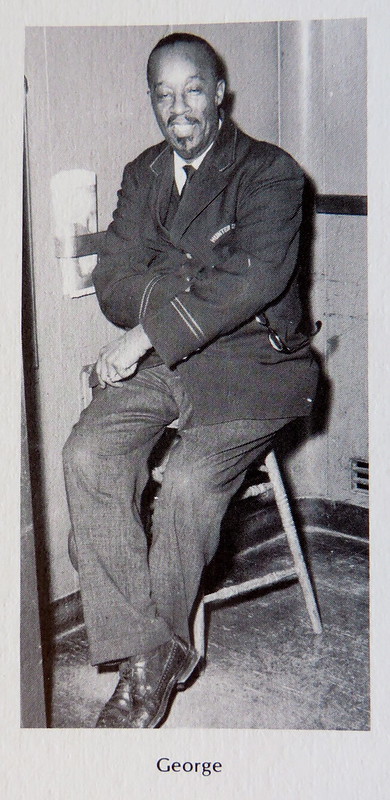
Here we have George, who, judging by his uniform and the setting, appears to have been an elevator operator. (The arched lettering above his jacket pocket begins "Hunter," and then the rest of it is obscured.) He doesn't get a description, or even a last name — he's just George.
I suspect George's one-name appellation was a reflection of the affection the students had for him, and I further suspect the yearbook editors thought it was an act of kindness to include him in the yearbook alongside the school's faculty. But there's something very condescending about that, and something quietly horrifying about George being consigned to the role of the smiling darkie who goes about his menial duties without so much as a surname. (I found only one other black person depicted in the entire yearbook — a student named Diane Barnes. Update: A commenter who is apparently an alumnus points out that there are indeed several black faculty members depicted in the yearbook. Mea culpa.)
Who was George? Is he still alive? Assuming he was at least 40 years old when the photo was taken (a conservative estimate, I'd say), he'd now be in his late 80s or 90s. Still, Hunter College High School still exists on Manhattan's Upper East Side, and it has an active Alumni Association. I haven't yet contacted them (life and work have both been extremely busy lately), but I'll be doing so shortly to see if they can fill in any of the blanks. At the very least, George deserves to have a last name. Stay tuned.









